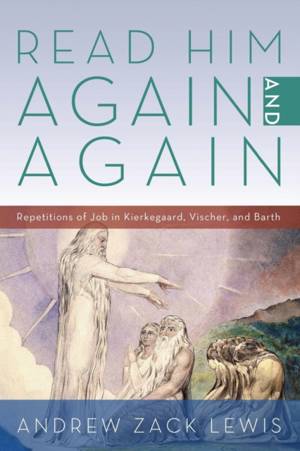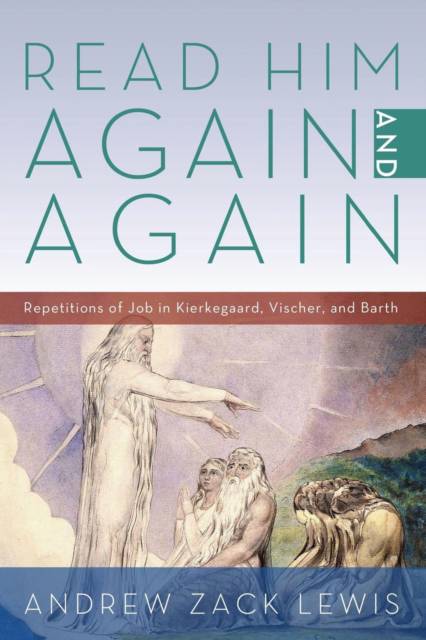
- Afhalen na 1 uur in een winkel met voorraad
- Gratis thuislevering in België vanaf € 30
- Ruim aanbod met 7 miljoen producten
- Afhalen na 1 uur in een winkel met voorraad
- Gratis thuislevering in België vanaf € 30
- Ruim aanbod met 7 miljoen producten
Zoeken
Read Him Again and Again
Repetitions of Job in Kierkegaard, Vischer, and Barth
Andrew Zack Lewis
Paperback | Engels
€ 40,95
+ 81 punten
Uitvoering
Omschrijving
In Read Him Again and Again, Andrew Zack Lewis explores the reception history of the book of Job and the hermeneutical presuppositions of its interpreters. He pays special attention to the interpretations of Soren Kierkegaard (in his ""Upbuilding Discourse"" on Job 1:21 and his philosophical novella Repetition), Wilhelm Vischer (in his essay ""Hiob, ein Zeuge Jesu Christi""), and Karl Barth (in Church Dogmatics IV.3.1). In looking at Job in these works Lewis examines how each of the thinkers' contexts influence their writings and their understanding of Job. Read Him Again and Again begins with a discussion on the importance of reception history in biblical studies by walking through Mikhail Bakhtin's theories on great time and the chronotope. Great texts, Bakhtin argues, continue to live and grow even after their completion and canonization, expanding in meaning as more readers participate in their interpretations. This is certainly true of the book of Job and Read Him Again and Again shows not only how Kierkegaard, Vischer, and Barth read Job, but also how they inherit the Job of their predecessors in the Christian tradition, maintaining features of earlier allegorical interpretive strategies while remaining firmly established in the critical era.
Specificaties
Betrokkenen
- Auteur(s):
- Uitgeverij:
Inhoud
- Aantal bladzijden:
- 218
- Taal:
- Engels
Eigenschappen
- Productcode (EAN):
- 9781620323144
- Verschijningsdatum:
- 13/01/2014
- Uitvoering:
- Paperback
- Formaat:
- Trade paperback (VS)
- Afmetingen:
- 152 mm x 226 mm
- Gewicht:
- 317 g

Alleen bij Standaard Boekhandel
+ 81 punten op je klantenkaart van Standaard Boekhandel
Beoordelingen
We publiceren alleen reviews die voldoen aan de voorwaarden voor reviews. Bekijk onze voorwaarden voor reviews.











